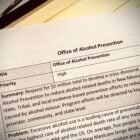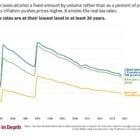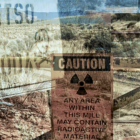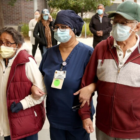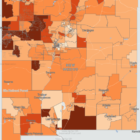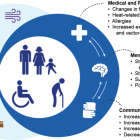Health
Proposed Office of Alcohol Prevention steps up ambition, but is short on vision
|
The New Mexico Department of Health has asked the legislature for $5 million to build an Office of Alcohol Prevention, which would expand the staff focused on reducing excess drinking from a single epidemiologist to a team of 13. If created, the office would represent a significant increase in resources and personnel focused on the state’s epidemic of alcohol-related deaths, by an agency long cowed into inaction against the challenge. But some experts who reviewed an internal description of the proposed office, which New Mexico In Depth obtained by public records request, said the plan was not bold enough to meet the crisis. Tim Naimi, who directs the Canadian Institute for Substance Use Research at the University of Victoria, said that to reverse the state’s climbing death rate would require sustained strategies that influence drinking by everyone in the state, not just those who have already developed serious problems with alcohol. But he said the activities highlighted in the plan were redundant with existing practices and lacked focus and resolve.
